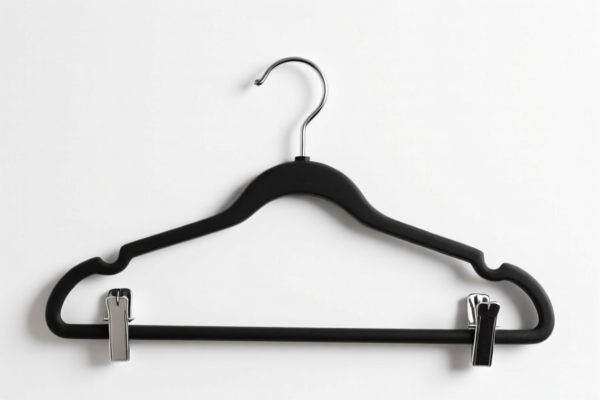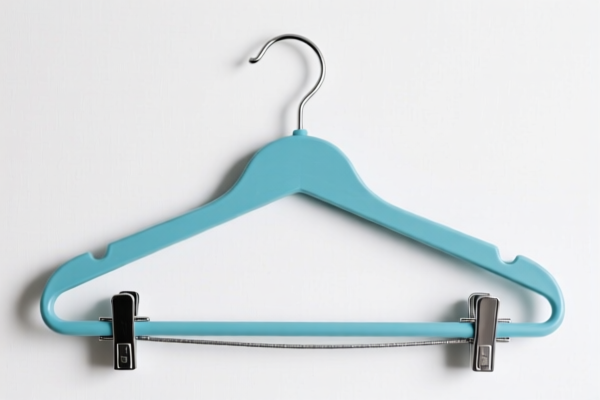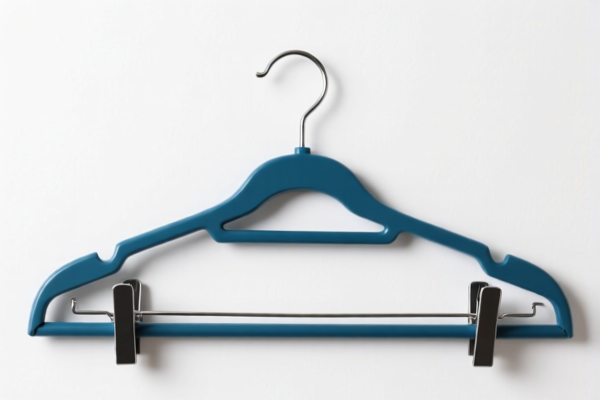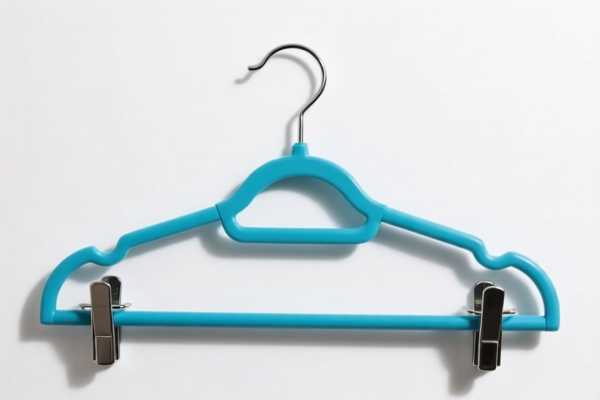| HS Code | Official Doc | Tariff Rate | Origin | Destination | Effective Date |
|---|---|---|---|---|---|
| 8301500000 | Doc | 40.6% | CN | US | 2025-05-12 |
| 8308909000 | Doc | 57.7% | CN | US | 2025-05-12 |
| 7326908605 | Doc | 82.9% | CN | US | 2025-05-12 |
| 7326908605 | Doc | 82.9% | CN | US | 2025-05-12 |
| 9114904000 | Doc | 46.3% | CN | US | 2025-05-12 |
| 9114905000 | Doc | 41.7% | CN | US | 2025-05-12 |
| 9111907000 | Doc | 43.9% | CN | US | 2025-05-12 |
| 9111905000 | Doc | 1.6¢ each + 6.8%+37.5% | CN | US | 2025-05-12 |
| 9401999081 | Doc | 80.0% | CN | US | 2025-05-12 |
| 9402900020 | Doc | 30.0% | CN | US | 2025-05-12 |
| 9402900010 | Doc | 30.0% | CN | US | 2025-05-12 |
| 8304000000 | Doc | 33.9% | CN | US | 2025-05-12 |
| 9403999010 | Doc | 80.0% | CN | US | 2025-05-12 |




Folding Hinge
A folding hinge is a mechanical component designed to allow an object to fold along a defined axis. It facilitates movement between two or more sections, enabling configurations ranging from compact storage to extended use.
Material
Folding hinges are manufactured from a variety of materials, selected based on application requirements for strength, flexibility, weight, and corrosion resistance. Common materials include:
- Stainless Steel: Offers high strength, corrosion resistance, and durability, suitable for demanding environments and applications requiring frequent use.
- Aluminum: Lightweight and corrosion-resistant, ideal for applications where weight is a critical factor.
- Plastic (Polycarbonate, ABS, Nylon): Cost-effective and versatile, often used in consumer electronics and low-load applications. May offer flexibility or specific color options.
- Brass: Provides good corrosion resistance and aesthetic appeal, commonly found in decorative or antique applications.
- Titanium: Exceptional strength-to-weight ratio and corrosion resistance, used in aerospace and high-performance applications.
Purpose & Function
The primary purpose of a folding hinge is to connect two or more rigid components while enabling controlled articulation. Key functions include:
- Controlled Movement: Allows precise folding and unfolding along a defined axis.
- Position Retention: Many designs incorporate friction or locking mechanisms to hold the folded or unfolded position securely.
- Load Support: Hinges provide structural support to the connected components, with load capacity varying depending on the hinge design and material.
- Space Saving: Enables compact storage when folded.
Usage Scenarios
Folding hinges are found in a wide array of applications:
- Laptops & Tablets: Allow for clamshell designs and 360-degree rotation for versatile use modes.
- Smartphones: Used in foldable phone designs to increase screen real estate.
- Furniture: Employed in folding chairs, tables, and beds for portability and storage.
- Doors & Windows: Facilitate bi-fold or folding door configurations.
- Packaging: Used in folding boxes and containers.
- Toys & Games: Enable articulation in action figures and other interactive products.
- Medical Devices: Used in surgical instruments and assistive devices.
Common Types
Several types of folding hinges exist, each with specific characteristics:
- Continuous Hinge (Piano Hinge): A long, single hinge running the entire length of the connected surfaces. Offers high stability and load distribution.
- Book Hinge: Similar to a continuous hinge but typically shorter, used for bookbinding and similar applications.
- Spring Hinge: Incorporates a spring mechanism to automatically open or close the connected components.
- Friction Hinge: Uses friction to hold the connected components in a desired position.
- Detent Hinge: Features detents (small catches) to lock the hinge in specific positions.
- Multi-Position Hinge: Allows the connected components to be locked in multiple positions.
- Concealed Hinge: Designed to be hidden from view when the components are folded or unfolded.
- Torque Hinge: Provides controlled resistance to movement, often used in gas struts and dampers.
Based on the provided information, determining the precise HS code for “folding hinge” requires careful consideration of its material, function, and application. Here’s a breakdown of potentially relevant HS codes:
- 8301.50.00.00: This code covers “Padlocks and locks (key, combination or electrically operated), of base metal; clasps and frames with clasps, incorporating locks, of base metal; keys and parts of any of the foregoing articles, of base metal; clasps and frames with clasps, incorporating locks.” While a hinge isn’t a lock, if it is part of a locking mechanism or is a clasp-like component, this could be applicable. The total tax rate is 40.6%.
- 8308.90.90.00: This code covers “Clasps, frames with clasps, buckles, buckle-clasps, hooks, eyes, eyelets and the like, of base metal, of a kind used for clothing or clothing accessories, footwear, jewelry, wrist watches, books, awnings, leather goods, travel goods or saddlery or for other made up articles; tubular or bifurcated rivets, of base metal; beads and spangles, of base metal; Other, including parts.” If the hinge is used in any of these applications (clothing, books, leather goods, etc.), this code may be suitable. The total tax rate is 57.7%.
- 7326.90.86.05: This code covers “Other articles of iron or steel: Other: Other: Other Rods for electrical grounding.” This is unlikely to be applicable unless the hinge is specifically designed for electrical grounding purposes. The total tax rate is 82.9%.
- 9403.99.90.10: This code covers “Other furniture and parts thereof: Parts: Other: Other: Other For toddler beds, cribs, bassinets and cradles.” If the hinge is a part of toddler beds, cribs, bassinets or cradles, this code may be applicable. The total tax rate is 80.0%.
Important Considerations:
- Material Verification: The applicable tax rate depends heavily on the material composition of the hinge.
- Application Specificity: The intended use of the hinge is crucial for accurate classification. If used in furniture, 9403.99.90.10 might be relevant. If it's a component of a locking system, 8301.50.00.00 should be considered.
- Steel/Aluminum Additive Tariff: For HS code 7326.90.86.05 and 9403.99.90.10, please note that steel and aluminum products have an additional 25% tariff.
Customer Reviews
No reviews yet.